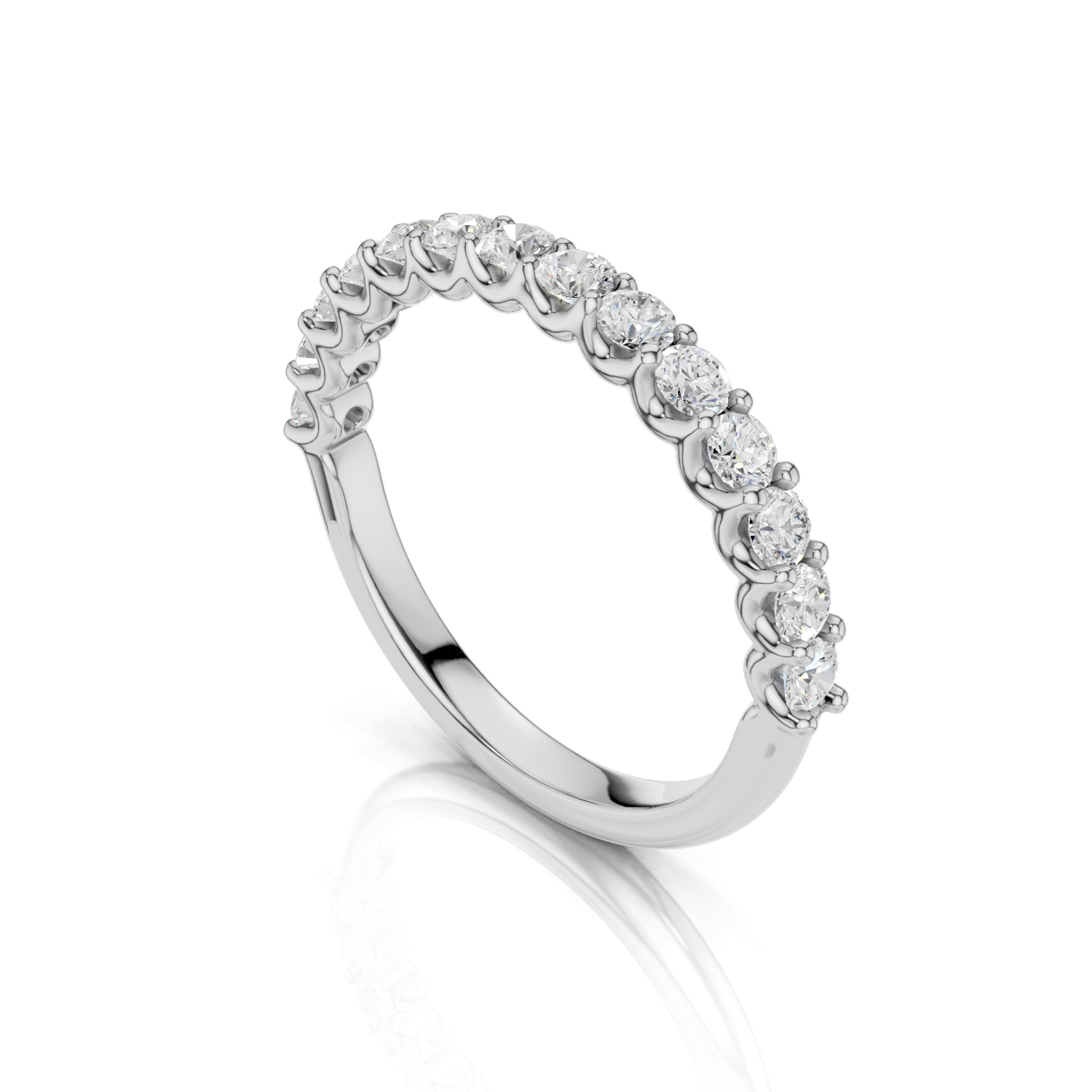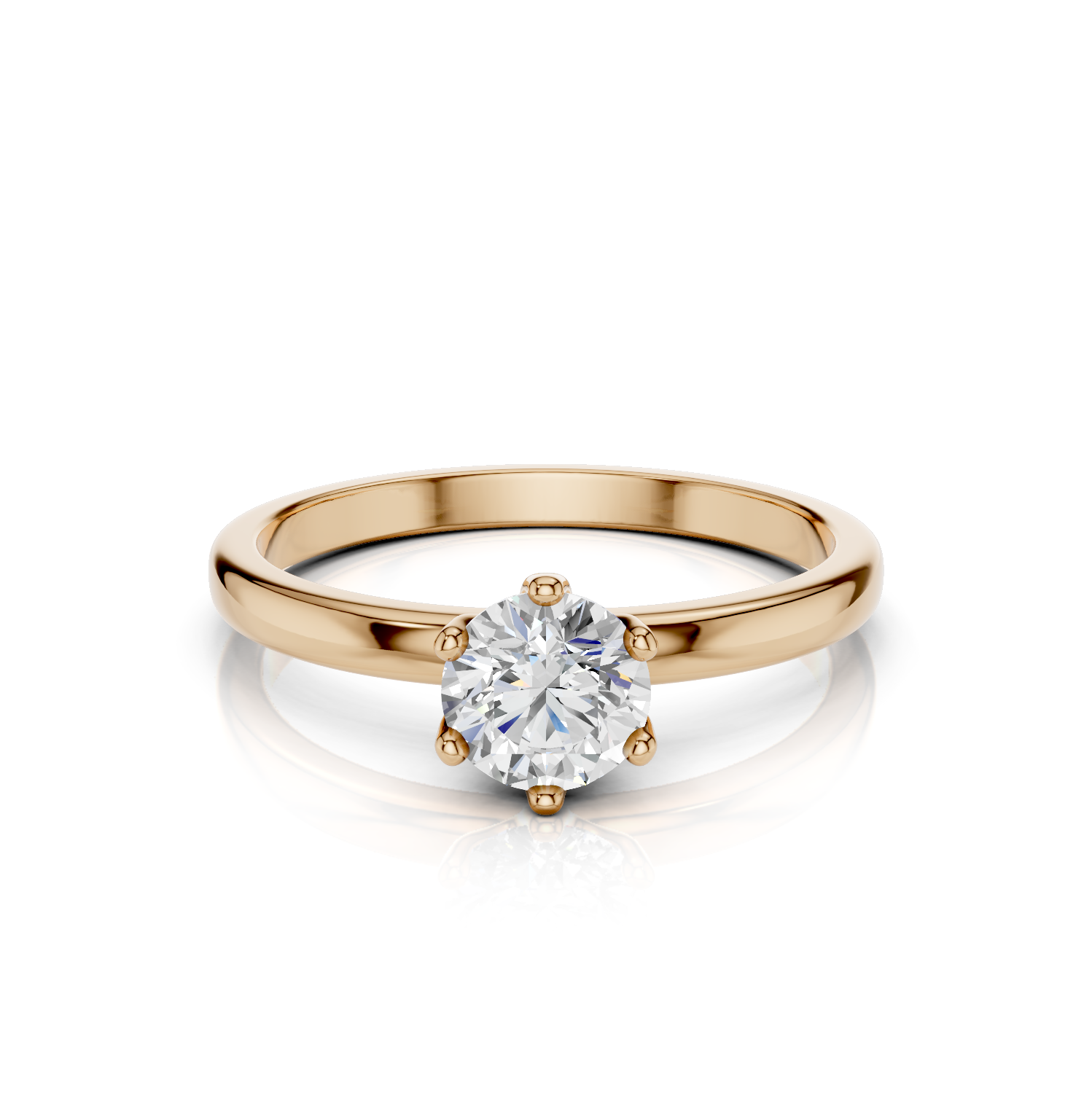
The jewelry industry thrives on precision, clarity, and trust. Whether you’re a designer looking to manufacture a new collection, a retailer sourcing a reliable supplier, or a client placing a custom order, the Jewelry RFQ process plays a crucial role in ensuring transparent communication and cost-effective execution.
In a highly competitive, detail-sensitive market, knowing how to create and respond to an RFQ (Request for Quotation) can save time, money, and avoid miscommunication. This guide will help you understand everything about the Jewelry RFQ process, from definition to step-by-step execution, and how to leverage it to streamline your jewelry business.
The Jewelry RFQ process refers to the formal procedure through which buyers — such as jewelry brands, retailers, or designers — request detailed quotations from manufacturers or suppliers before placing an order.
An RFQ typically includes:
The primary goal of an RFQ is to evaluate different suppliers based on price, quality, timeline, and reliability — ensuring that the buyer makes an informed purchasing decision.
The jewelry industry is not just about aesthetics — it’s about precision, value, and trust. From engagement rings to high-volume fashion jewelry collections, even minor miscommunications in design or material choice can lead to costly errors.
Let’s walk through how to create and manage a jewelry RFQ from start to finish.
Start with crystal-clear specifications:
For custom pieces, providing 3D Jewelry Design Services or Jewelry rendering services is vital. Suppliers can’t quote accurately without clear visual references.
A well-structured RFQ document typically includes:
Tip: Include 3D Jewelry Visualization if you have virtual try-on or realistic renderings — this enhances clarity and ensures the final product matches your vision.
Select trusted suppliers or manufacturers — preferably those with experience in your type of jewelry. Send your RFQ via email or through procurement platforms.
Make sure to allow at least 3–5 business days for replies, depending on the complexity.
Once you receive the quotes, compare them based on:
Don’t just choose the cheapest option — consider who aligns best with your brand values, quality standards, and delivery promises.
Before going into production, you can:
This is where Jewelry rendering services or CAD mockups come into play again — they act as a visual contract between both parties.
Once satisfied, issue a Purchase Order (PO) based on the agreed quote and terms. Ideally, both parties should sign a contract to prevent future disputes.

Here are expert tips to improve the efficiency and success rate of your RFQ process:
When working with custom pieces, share 3D Jewelry Design Service files or renderings for better accuracy and quicker approvals.
Vague RFQs lead to misunderstandings. Include as much detail as possible — especially for gemstone grades, weight tolerances, and plating thickness.
Over time, collect data on supplier performance, responsiveness, and pricing. This makes future RFQs faster and more accurate.
Use a consistent format that your team and vendors recognize. This reduces back-and-forth and ensures faster processing.
The Jewelry RFQ process is more than a paperwork formality — it’s a strategic tool that helps buyers make smart, cost-effective, and quality-assured decisions. Whether you’re ordering custom engagement rings or launching a full-fledged collection, RFQs allow you to align with the right partners, avoid surprises, and maintain full control over production.